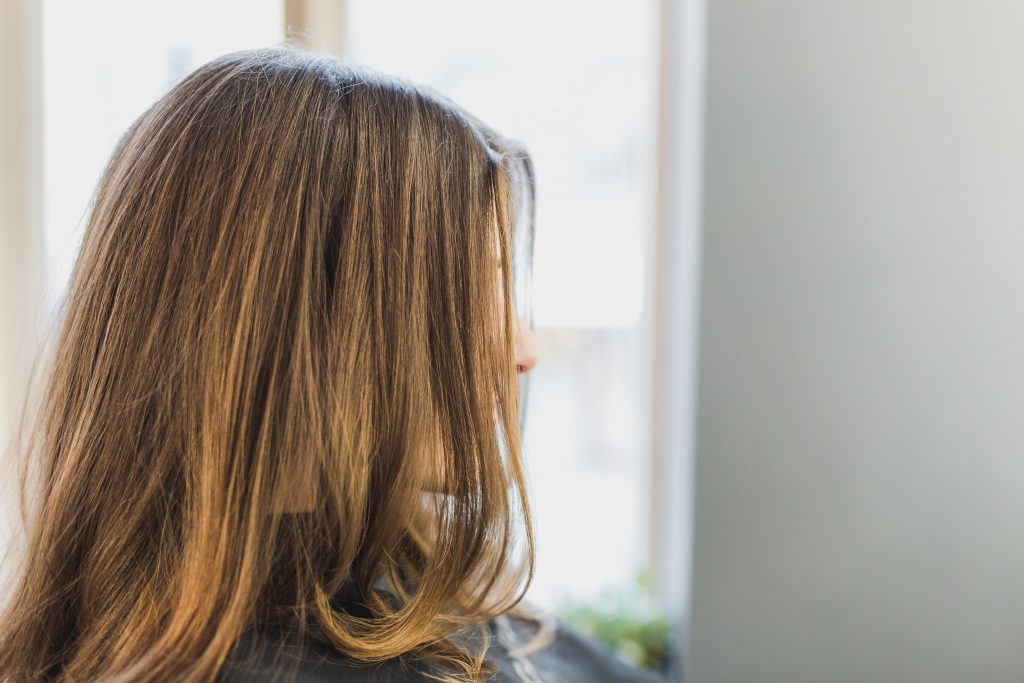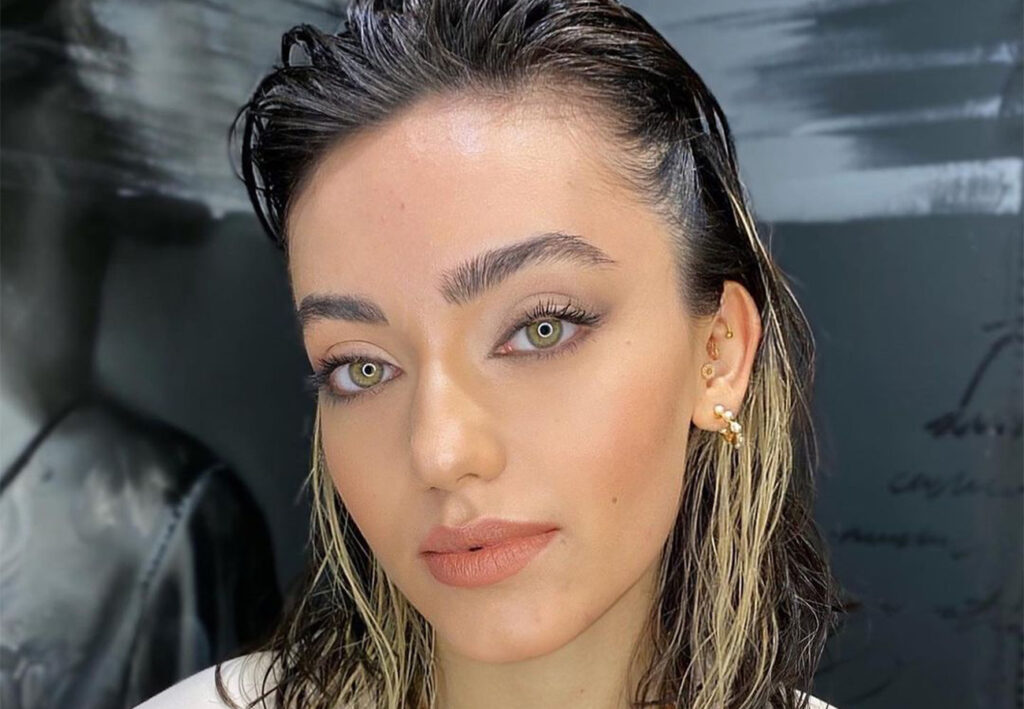Rule #1: Gently Cleanse and Condition
When you have an oily scalp and dry ends, the goal is to cleanse the areas that are oily—and hydrate the ones that are dry. Simultaneously. To do this when you shampoo, concentrate your cleanser just at the roots, gently kneading it into your scalp with your fingertips. Then, allow the shampoo to run through the rest of your hair as you rinse it out. This will enable you to remove dirt and any product buildup along the hair shaft without removing too much moisture. When you condition, follow this plan in reverse: Apply conditioner from your mid-shafts down to your ends, allow it to sit, then use a wide-toothed comb to gently detangle your hair, working from your ends up to your roots. Rinse again.
Rule #2: Choose A Multi-Tasker
Use cleansing and conditioning formulas to care for both an oily scalp and dry hair at the same time. The secret is to use ones infused with ingredients that cleanse thoroughly without stripping moisture —and that hydrate without employing heavy oils or emollients. At Prose, each ingredient is carefully considered to ensure that by addressing one issue, you don’t exacerbate another. For example, a shampoo created for combination hair would likely include Spirulina, which works to stabilize sebum production on the scalp but have no drying effect on your hair. In a Prose conditioner for combo types, we might add lightweight oils, such as Argan, Sacha, Yushi and Jojoba to nourish dry ends without scalp buildup, or Honey to hydrate and prevent bacteria growth on an oily scalp.
Rule #3: Style Strategically
How you style your hair can also impact the divide between your scalp and ends. For instance, daily blow-drying may make both conditions worse because all that hot air dries out your ends — and regularly heating up your scalp will stimulate oil-gland production (this is one reason one’s scalp may become oilier in warmer weather). Thus, whenever possible, use your blow-dryer on a lower temperature setting or embrace your natural texture and air-dry.
If you brush your locks between shampoos, a brush with natural (as opposed to plastic) bristles will also help move scalp oil down your hair shaft, hydrating your ends and preventing your roots from becoming too greasy.
Rule #4: Double Up On Your Products
For instant improvement and balance, don’t underestimate the one-two punch of dry shampoo spritzed in at your roots, combined with a little shine serum applied from the mid-lengths of your hair to the ends.
Need help creating a regimen for your combination hair? We’re happy to help! Get started here.





